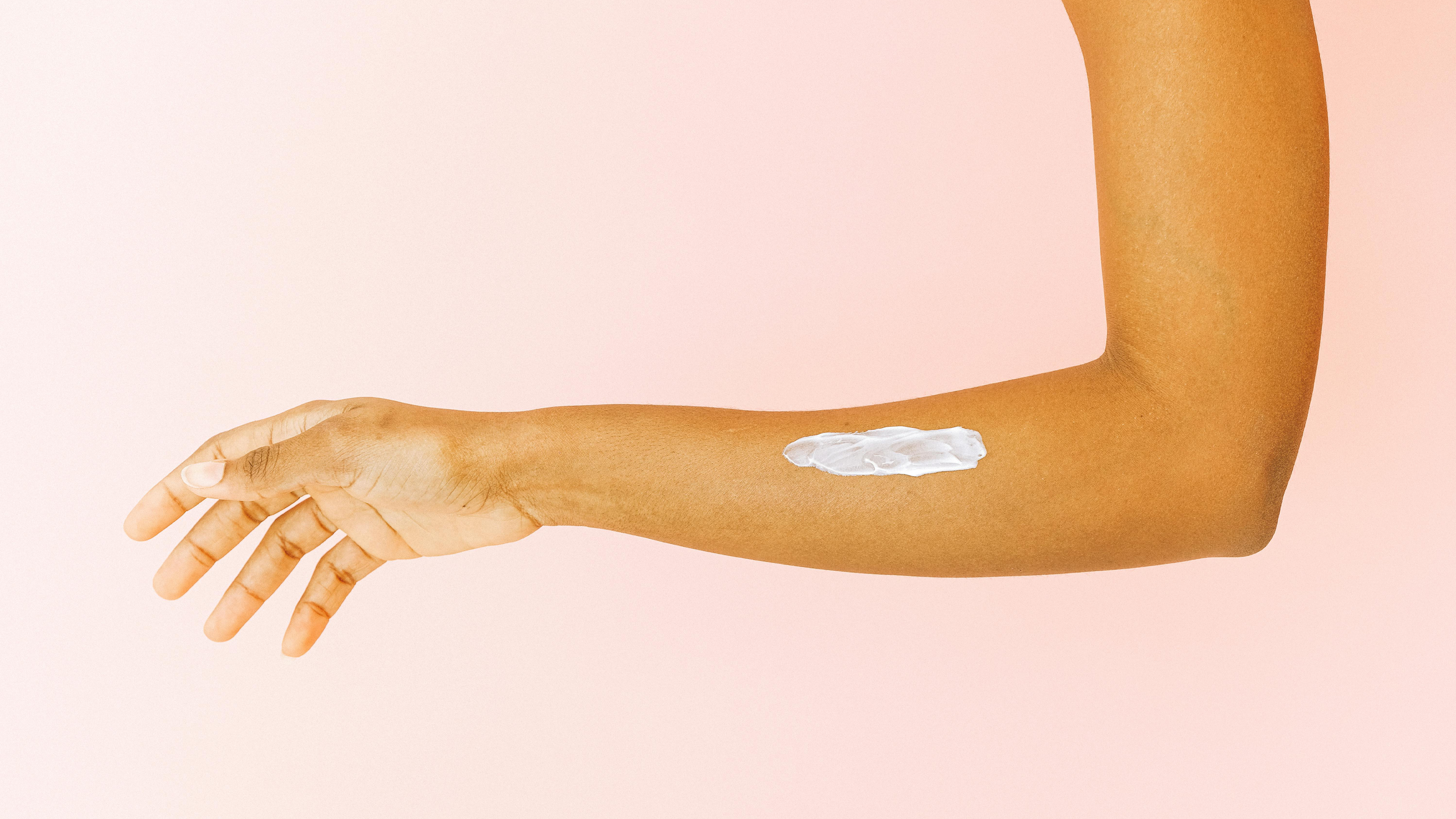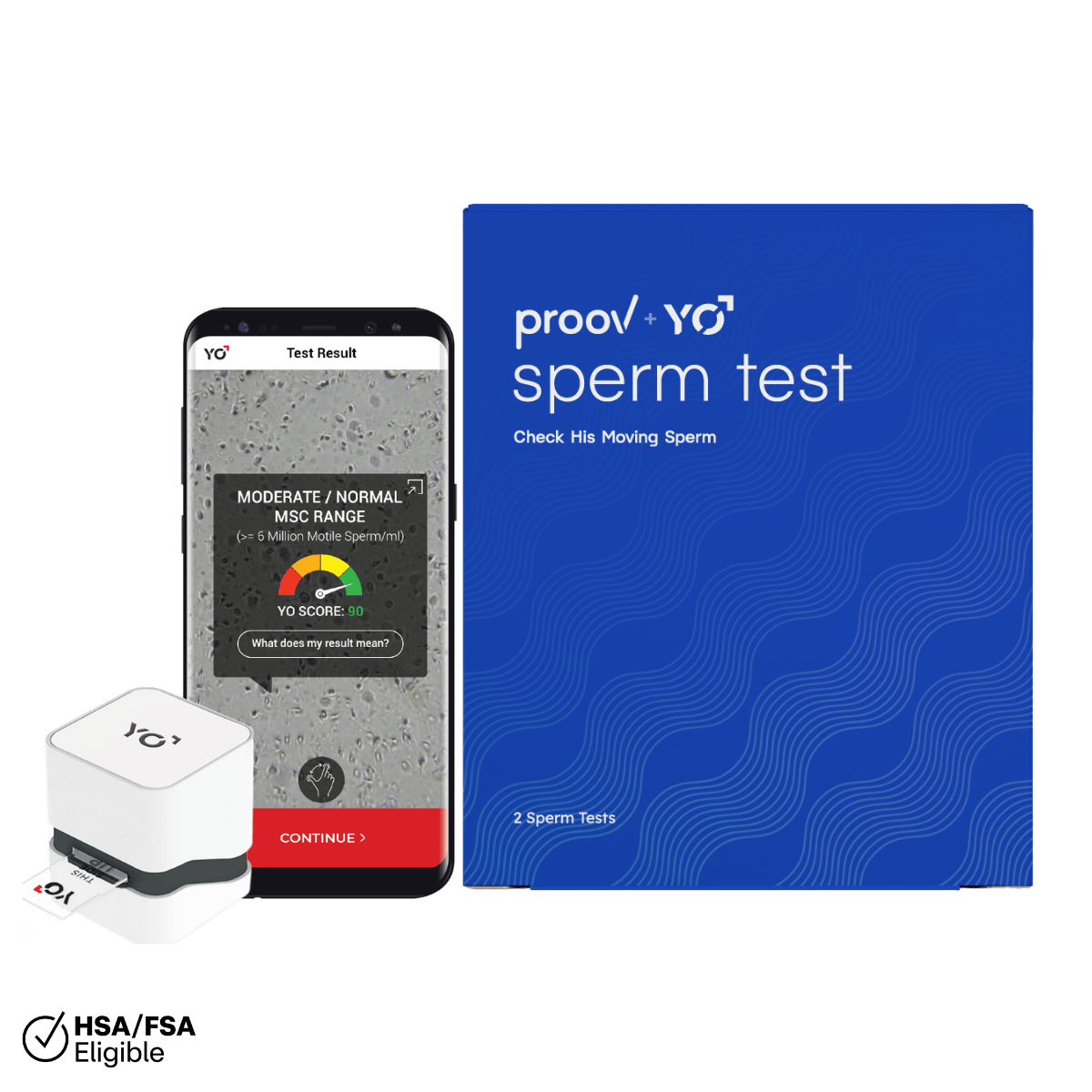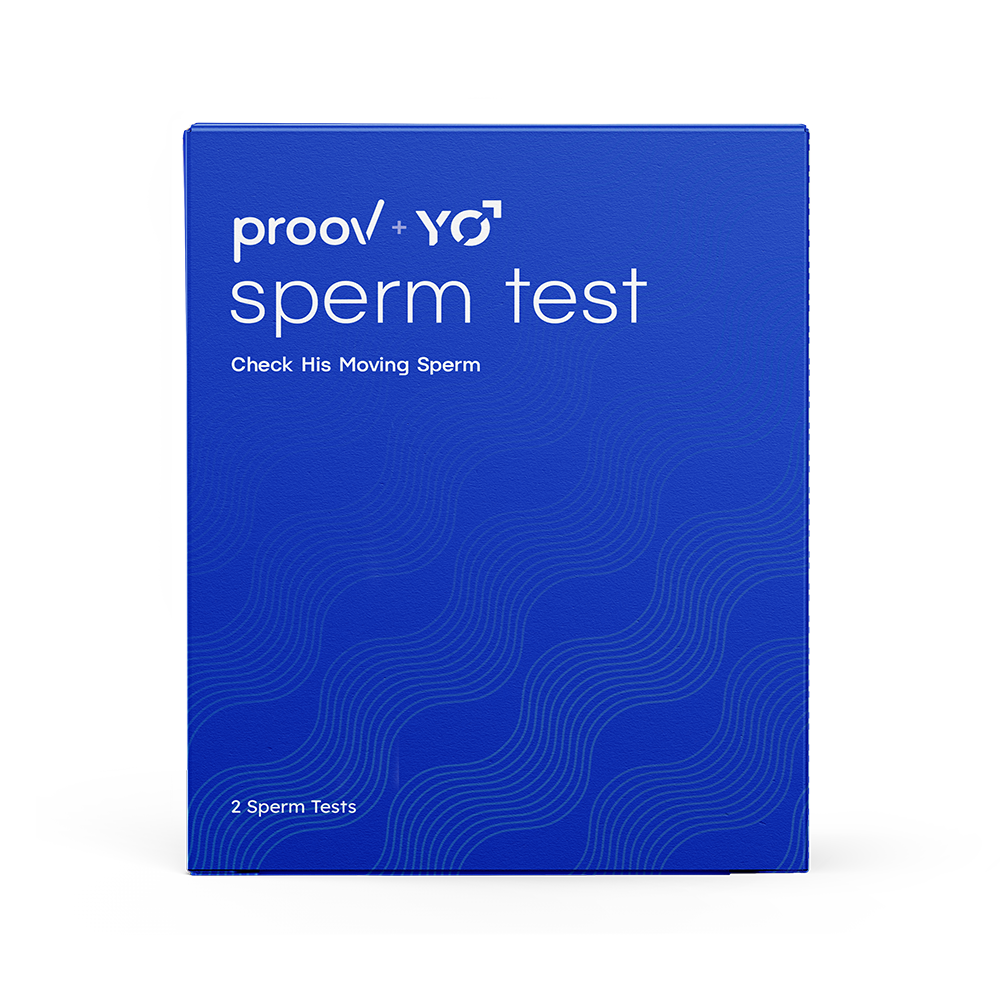Written by: Dr. Amy Beckley, PhD, Founder and Inventor of the Proov test — the first and only FDA-cleared test to confirm successful ovulation at home.
Written on 5/7/21
If you’ve tested your progesterone levels (via blood or PdG testing) and found you might be a little light on the good stuff, you may be wondering what you can do to raise your levels. Luckily, there are plenty of options, from natural remedies to prescription medications!
One option for raising progesterone levels are progesterone creams. Keep reading to learn more about progesterone creams and how to use them!
What is progesterone cream?
Hormonal imbalances can be to blame for many unwanted physical and psychological symptoms. As we age and approach menopause, low progesterone becomes more common and may give us quite a few headaches (no pun intended!).
Progesterone creams are a form of hormone replacement therapy and have been marketed to premenopausal and menopausal women. They usually contain bio-identical progesterone and are applied on skin in hope of relieving menopausal symptoms like hot flashes, vaginal dryness, low libido, anxiety, lack of sleep, and mood changes.
Since progesterone supplements can only be purchased via a prescription from a doctor, many women of reproductive age experiencing low progesterone or luteal phase defect turn to progesterone cream in hopes of boosting their levels and improving fertility.
Research results vary in regards to the efficiency of progesterone cream, especially when it comes to fertility. Most studies so far have been done on menopausal women and the evidence of success is mainly anecdotal.
Why would I use progesterone cream?
If you have low progesterone and you experience perimenopausal symptoms that is when to use progesterone cream. There are two ways for you to check your progesterone levels:
1. Progesterone blood test
You can consult your doctor and ask him or her to order a serum progesterone blood test, most commonly on cycle day 21 (about 7 days after ovulation). Progesterone levels should be high around this time of the luteal phase, through about 10 days past ovulation. While a level of 5 ng/ml or higher confirms ovulation, many doctors like to see progesterone at 10 ng/ml or higher after ovulation.
Ideally, you want your progesterone to rise and remain elevated for several days during the luteal phase (also known as the implantation window). Blood tests, unfortunately, only show progesterone levels at a single point in time.
Additionally, serum progesterone levels have been shown to fluctuate a lot — up to 8 times fold during a 90-minute period for the same healthy subject. So, if you were to test at 8 am instead of 4 pm or vice versa, you could get very different assumptions about your progesterone levels.
2. PdG (progesterone metabolite) test
PdG (Pregnanediol Glucuronide) is a urine metabolite of progesterone. After progesterone circulates through your bloodstream, it gets metabolized by the liver and is excreted from the body in urine in the form of PdG.
Tested in first morning urine, PdG offers you an average of your progesterone levels in blood from the previous 24 hours. Because of this, PdG is not subject to the same fluctuations as serum progesterone levels.
Proov PdG tests are the first and only FDA cleared PdG tests to confirm successful ovulation at home. When you test following the Proov protocol — starting 7 DPP (days past peak fertility) and on through 10 DPP — you get a full picture of your ovulation and enough data to confirm if your PdG levels remain elevated for long enough during the luteal phase to allow for the best possible chance at conception.
If your progesterone or PdG levels come back as suboptimal, you might want to give progesterone cream a try. (Note: for little to no progesterone production, we recommend consulting your doctor for a stronger supplement and generally speaking, it’s always good to consult your doctor before starting any supplements!)

Proov PdG tests are the first and only FDA cleared PdG test to confirm successful ovulation at home.
How do I use progesterone cream?
Natural progesterone cream may be applied on the neck, chest, breasts, belly, inner arms, or inner thighs. It’s recommended to change the location of progesterone cream application every day in order to avoid skin irritation.How to apply progesterone cream and the amount of cream you should use depends on your individual needs and you should refer to your doctor for guidance regarding the dosage.
As with any product containing progesterone, you absolutely want to make sure you ovulated before starting to use cream. Progesterone only rises after ovulation during the luteal phase; supplementing progesterone before an egg is released may inhibit ovulation.
Progesterone cream is usually started 2-3 days post ovulation and continued throughout your luteal phase. If you get a negative pregnancy test around day 13 past ovulation you should discontinue use, so that your period can start.
If you conceive while using progesterone cream, you should consult your doctor as her or she may want to explore further progesterone supplementation. Studies have shown that progesterone supplementation can help pregnancies and sometimes even prevent early miscarriage. The effectiveness of progesterone creams during pregnancy has not been studied.
Is progesterone cream effective?
There is conflicting evidence surrounding the effectiveness of progesterone creams. A lot of it is anecdotal, meaning women sharing their experiences, versus concrete scientific evidence.
Additionally, progesterone creams are sold as beauty products and are not regulated by the U.S. Food and Drug Administration (FDA). Therefore, their purity and ingredients may be unknown.
Due to this, it’s difficult to say how much cream you would need in order to improve your symptoms since the creams you can purchase over the counter are not created based on the same standards. You should do your own research in order to pick the best quality product.
It is important to check the dosage of progesterone in the progesterone cream you plan on using. In pharmacies or online shops you will find creams containing anywhere between 10-40 mg/dose. We recommend consulting your doctor regarding the correct dosage for your situation. Another thing to keep in mind is that skin is a thick barrier and absorption depends a lot on the composition of your cream.
Studies show that premenopausal women who have used cream in quantities that equaled 40mg of progesterone daily noticed an improvement in their symptoms at their 24 and 48 week check ups. This research proves that progesterone cream might work, but is no overnight miracle.
Therefore, if you are a woman trying to conceive and you don’t have months to wait for the cream to work, we recommend consulting your doctor to discuss more immediate progesterone supplementation.

Studies show that premenopausal women who have used progesterone cream in quantities that equaled 40mg of progesterone daily noticed an improvement in their symptoms at their 24 and 48 week check ups.
Are there better alternatives to progesterone cream?
The most effective way to increase progesterone is prescription-level progesterone supplements. Administered either orally or vaginally, the supplements are proven to be beneficial for both women trying to conceive and women looking to improve premenopausal symptoms.
However, we know that prescription level supplements aren’t the easiest to obtain. If you are unable to get a prescription or simply would rather try a more natural method to start, there are several alternatives to progesterone cream:
Progesterone oils: Progesterone oils are applied to the skin similar to progesterone creams but are better absorbed due to their consistency. We recommend one with natural ingredients and that is rich in vitamin E.
Seed cycling: Seed cycling is a natural way to balance hormones. It involves eating certain seeds during certain phases of your cycle: pumpkin and flax seeds during the follicular phase to promote estrogen production, and sunflower and sesame during the luteal phase to promote progesterone production.
Diet changes: Diet may play an important role in balancing your hormones. Food doesn’t contain progesterone, but there are certain foods that promote progesterone production: broccoli, beans, cabbage, brussels sprouts, cauliflower, and kale, to name a few.
While progesterone creams may be a great option for you, there are definitely other options out there!
Looking for advice on what to do with your Proov PdG test results? Check out our partnership with Fertility Cloud, a virtual fertility clinic.













